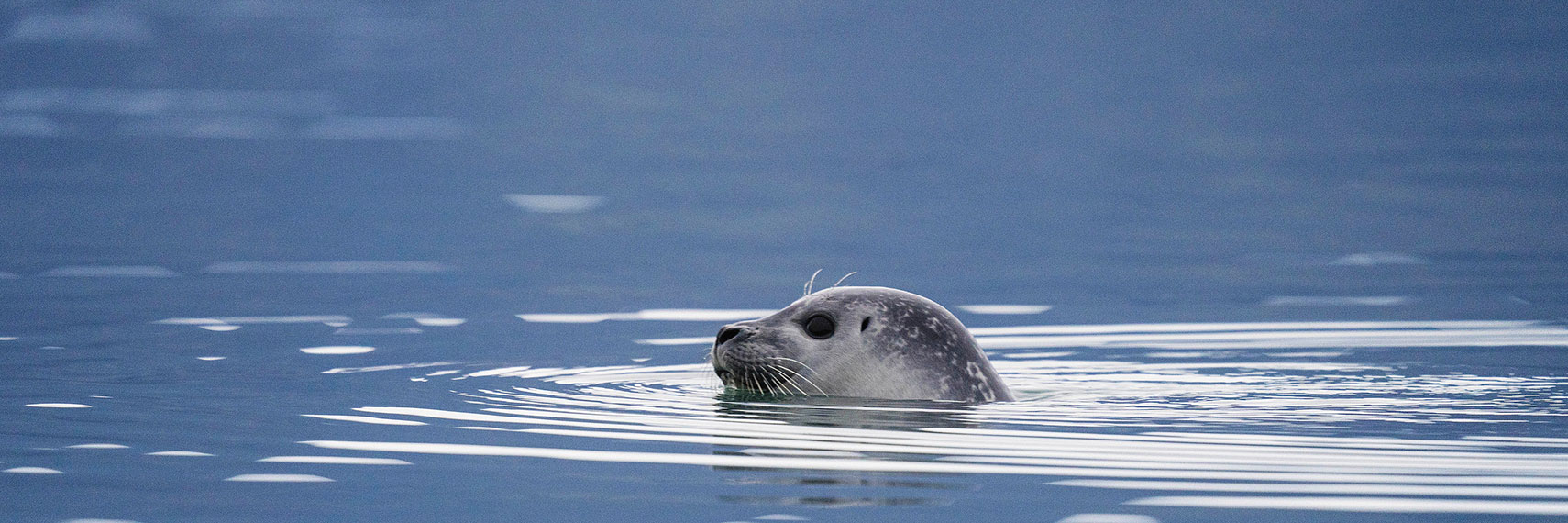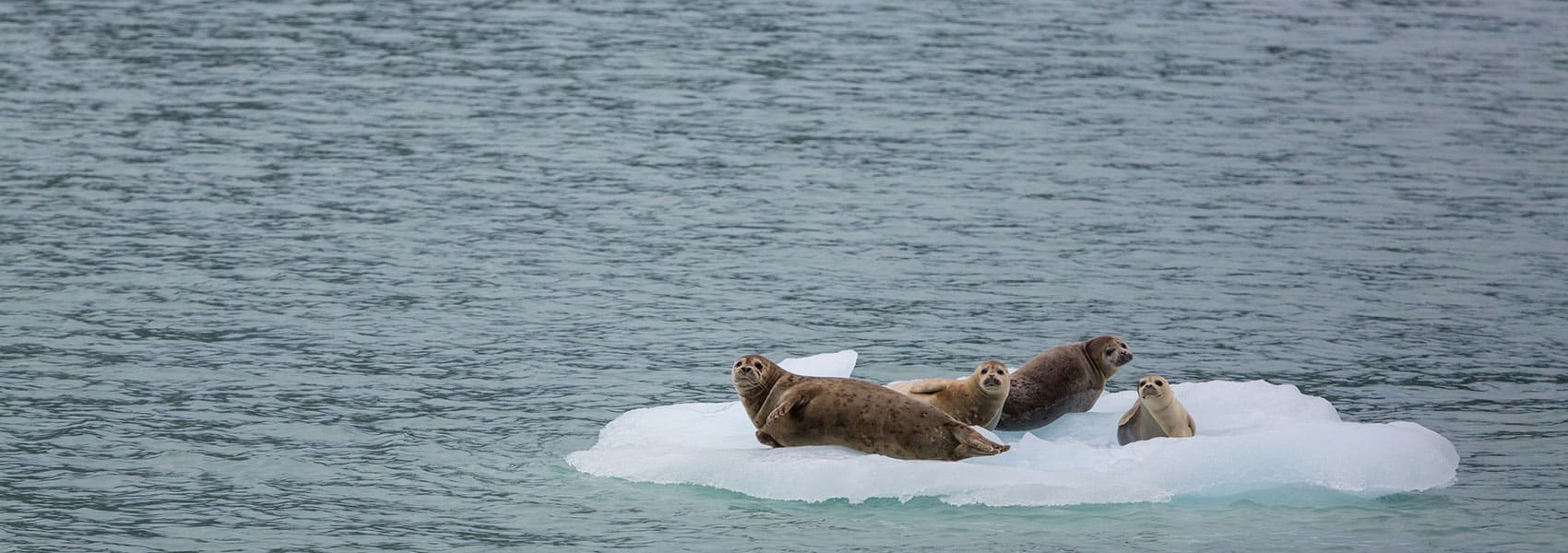Overview
The Alaska Department of Fish and Game Arctic Marine Mammal Division received funding from BOEM to carry out ice seal research in the Bering, Chukchi, and Beaufort Seas. They are using a combination of satellite tag technology and the skills of Native subsistence seal hunters to capture seals and deploy transmitters that will greatly increase the knowledge of seal movements and behavior, especially during the summer months, when not much tagging has been done and when industrial and shipping activity is at a peak. The focus of this study is to work with interested seal hunters at different villages along the west and north coasts of Alaska to capture and deploy satellite transmitters on ringed, bearded, spotted, and possibly ribbon seals.
One of the places they were interested in working was out of Kotzebue to utilize the past experience of the Native Village of Kotzebue and its tribal participants in tagging ice seals.
The first effort took place during the breakup in 2014, specifically from June 16-June 20th. While there was still ice coverage of the Sound of about 20% when the effort began, strong west winds for most of the week made it impossible to travel safely out to the ice that remained, and during the week the ice completely disappeared. However, the ice was reached on the first day Monday, June 16th when winds were just starting to pick up and sets were made in the remaining pack, with lots of bearded and spotted seals present. No seals were caught this first day and then the team relocated to the Choris Peninsula to camp and wait for the west wind to die down, which did not happen until Friday, June 20th when the team returned to Kotzebue. While camping at Choris, nets were set in front of the camp off the beach and 4 ringed seals (2 males and 2 females) and 1 male bearded seal were captured and successfully tagged and released.
Another effort at catching and tagging ice seals will be made next year during breakup in 2015.




